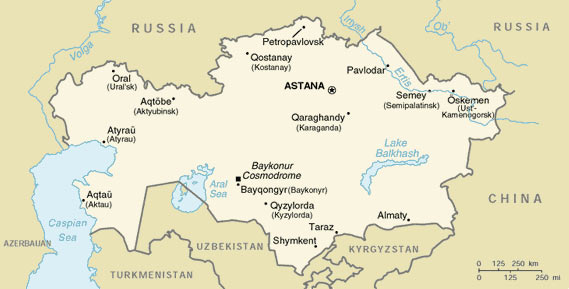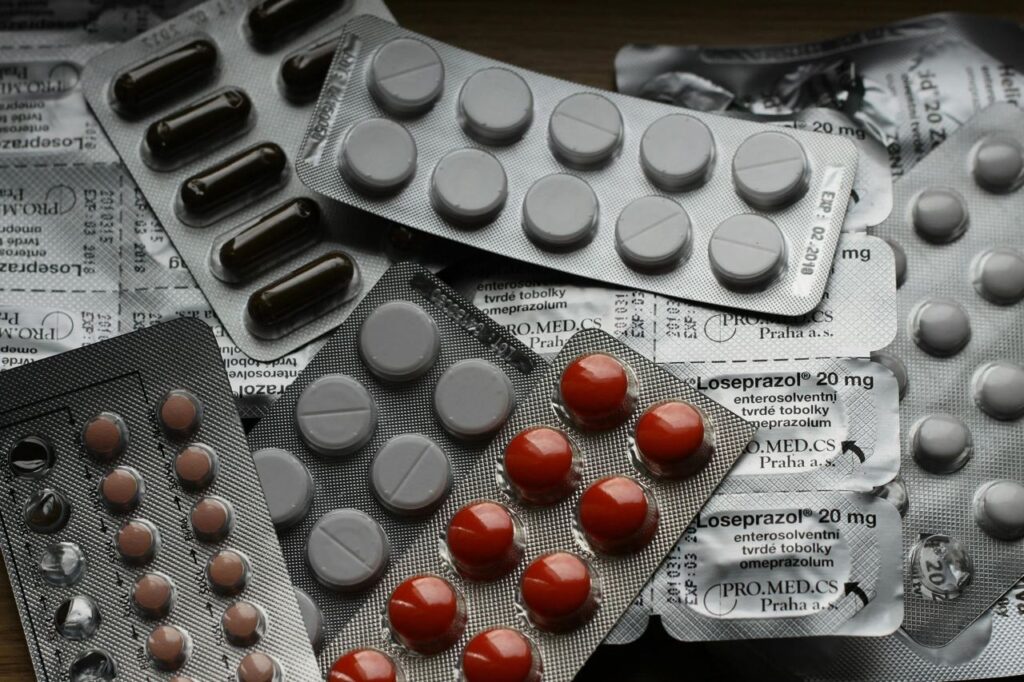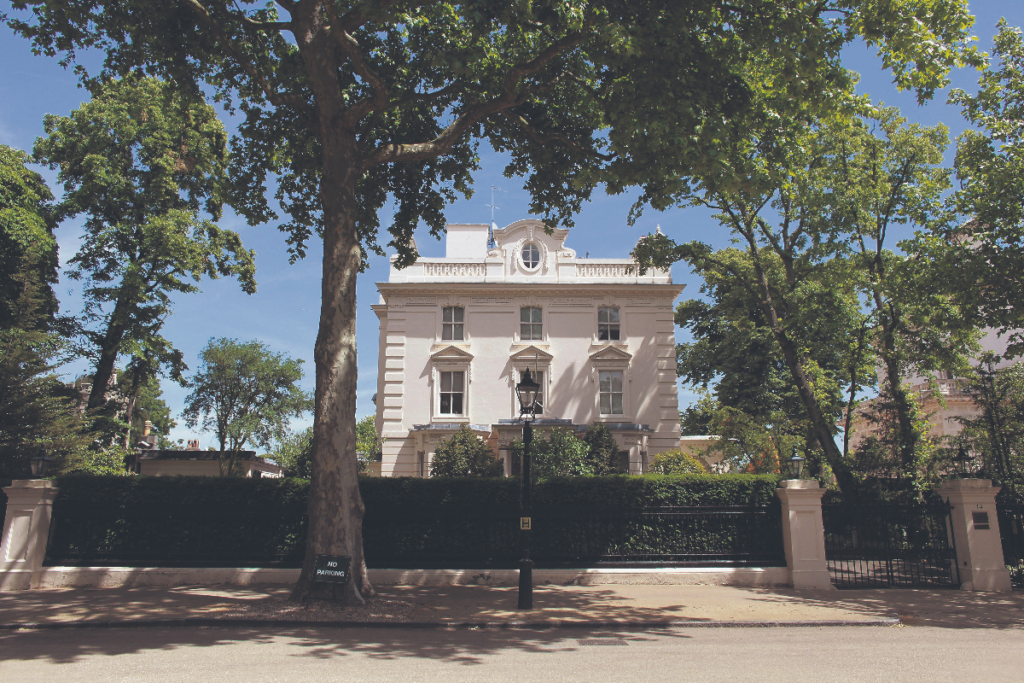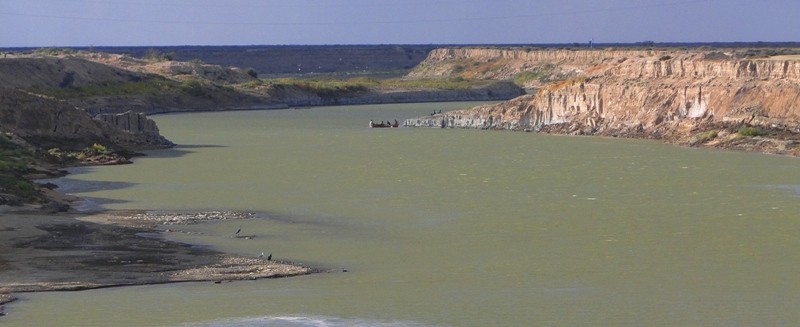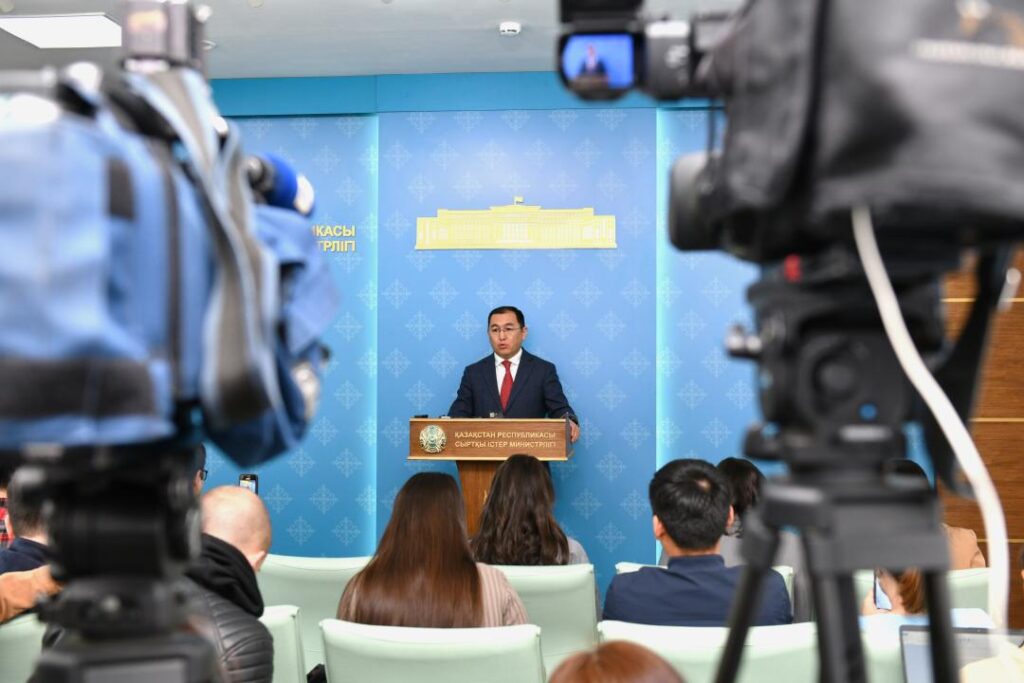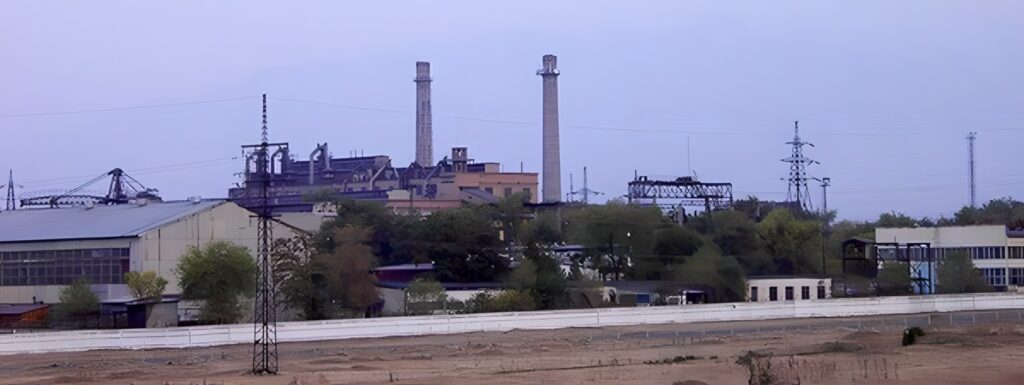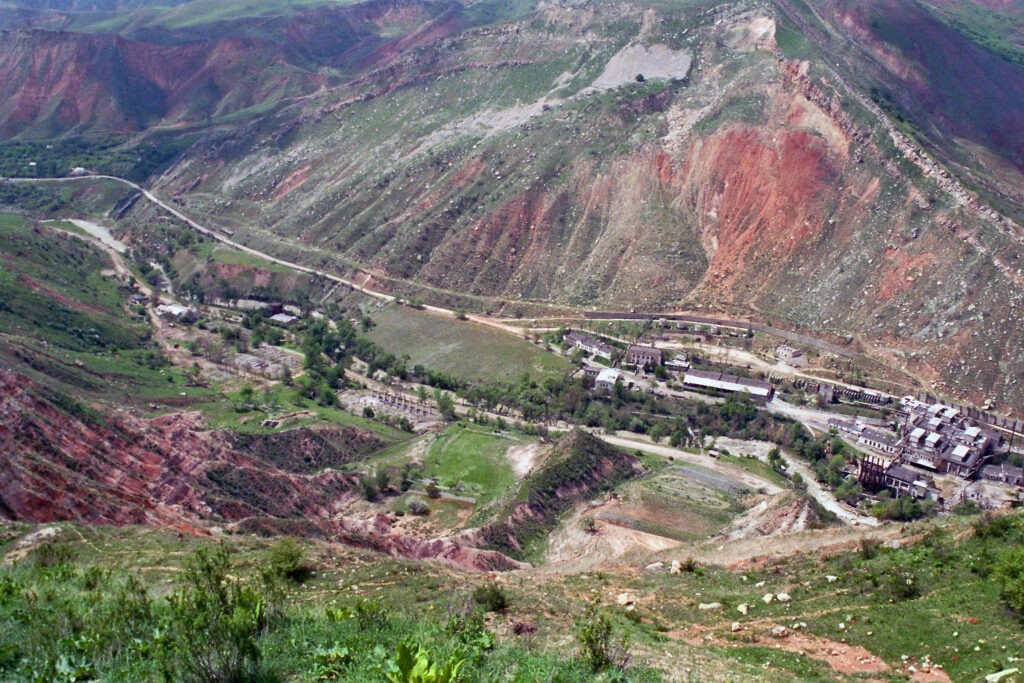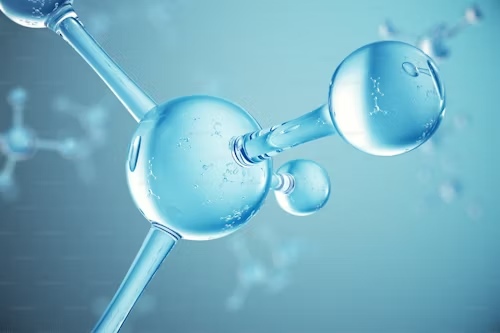NUR-SULTAN (TCA) — The International Atomic Energy Agency (IAEA) said it took delivery of a shipment of low enriched uranium (LEU) at a purpose-built facility in Kazakhstan on October 17, officially establishing the IAEA LEU Bank aimed at providing assurance to countries about the availability of nuclear fuel.
Owned by the IAEA and hosted by Kazakhstan, the IAEA LEU Bank is one of the Agency’s most ambitious and challenging projects since it was founded in 1957.
“With the arrival of the first shipment, the IAEA LEU Bank is now established and operational,” IAEA Acting Director General Cornel Feruta said. “It is the first time the Agency has undertaken a project of this legal, operational and logistical complexity.”
Bringing the project to fruition required concerted efforts involving many areas of the IAEA’s activities. The project included:
– Negotiating a legal framework for the IAEA LEU Bank with Kazakhstan and the operator, Ulba Metallurgical Plant (UMP) in the eastern city of Ust-Kamenogorsk.
– Designing and building an LEU storage facility, in line with IAEA safety standards and security guidance.
– Working with the Government of Kazakhstan to enhance its legal and regulatory framework.
– Concluding transit agreements for the transport of the LEU to and from the site with China and the Russian Federation, as well as separate transport contracts with Kazakhstan’s KTZ Express JSC and Russia’s TENEX JSC.
– Acquiring 90 tons of LEU, from two vendors, in what was the IAEA’s largest single procurement in its history.
The first LEU shipment, from France’s Orano Cycle, was transported by truck to a French port, by ship to the Russian Federation, and by train to Kazakhstan. Upon arrival at the site, the 32 cylinders of LEU – typically sufficient for one re-load of fuel for a light-water reactor – were checked by IAEA experts on the ground. The IAEA expects to receive the second LEU shipment, from Kazakhstan’s JSC National Atomic Company Kazatomprom, by the end of 2019.
In an earlier milestone for the project, late IAEA Director General Yukiya Amano and President of Kazakhstan Nursultan Nazarbayev in August 2017 inaugurated the IAEA LEU Storage Facility at UMP.
The establishment and operation of the IAEA LEU Bank are fully funded by voluntary contributions from IAEA Member States and other donors totalling US $150 million, covering estimated costs for 20 years of operation. Donors include the Nuclear Threat Initiative (NTI), the United States, the European Union, the United Arab Emirates, Kuwait, Norway and Kazakhstan. Kazakhstan contributed also in kind by hosting the IAEA LEU Bank.
The IAEA Board of Governors decided in December 2010 to establish the IAEA LEU Bank as an assurance of supply mechanism of last resort for Member States that experience a supply disruption due to exceptional circumstances and are unable to secure nuclear power fuel from the commercial market, State-to-State arrangements or by any other means. It will be a physical reserve of 90 metric tons of LEU, the basic ingredient to fabricate fuel for nuclear power plants.
Other assurance of supply mechanisms established with IAEA approval include a guaranteed physical reserve of LEU maintained by the Russian Federation at the International Uranium Enrichment Centre in Angarsk, Russian Federation, and assurance of supply guaranty by the United Kingdom for supplies of LEU enrichment services.
Globally, there are around 450 nuclear power reactors in operation today, supplying about 10% of the world’s electricity and one-third of all low-carbon electricity. Fifty-two nuclear power reactors are under construction.
